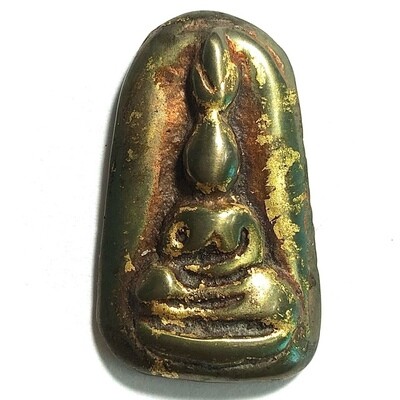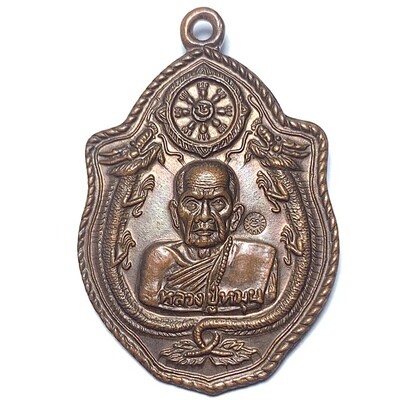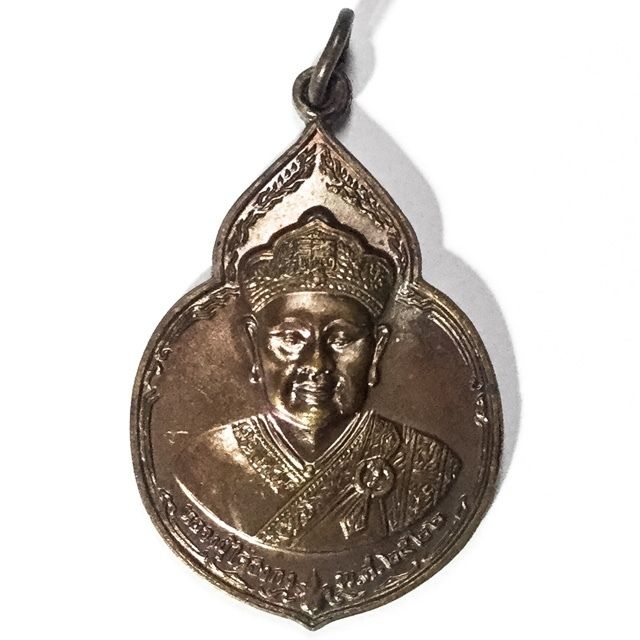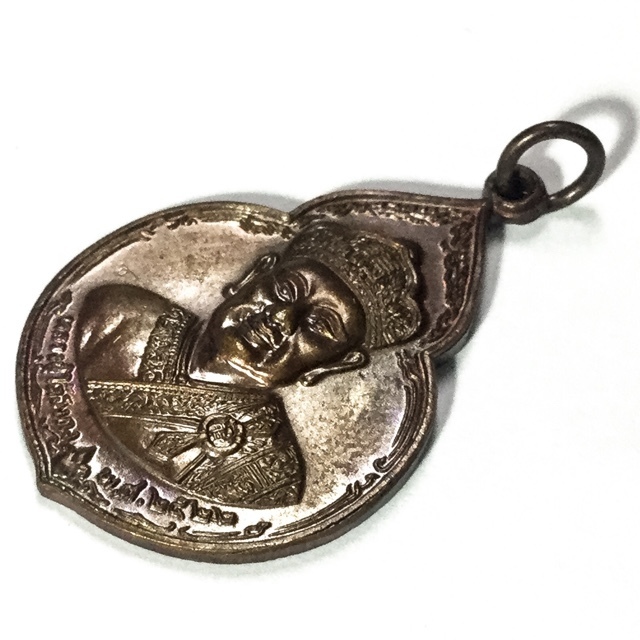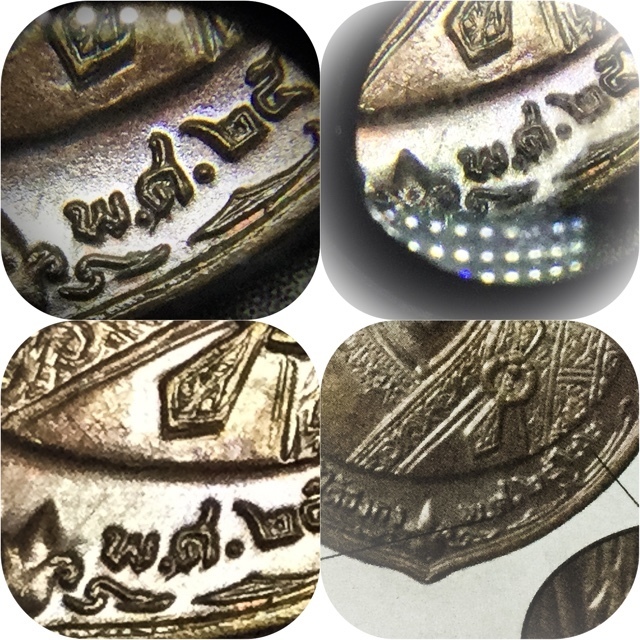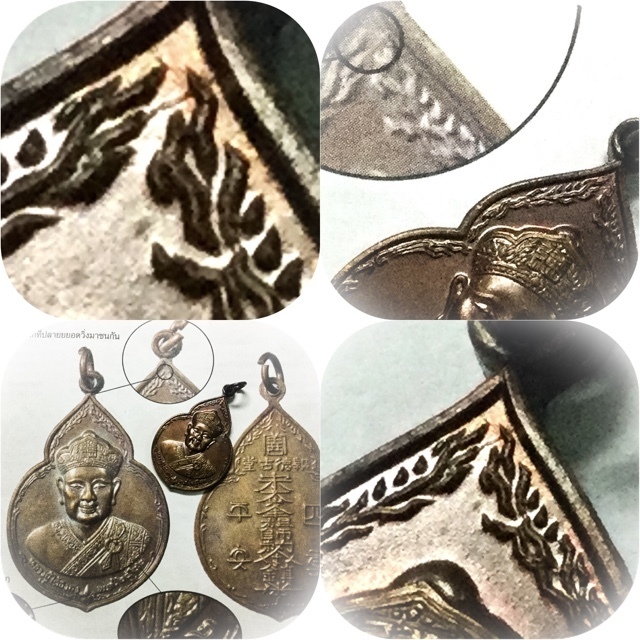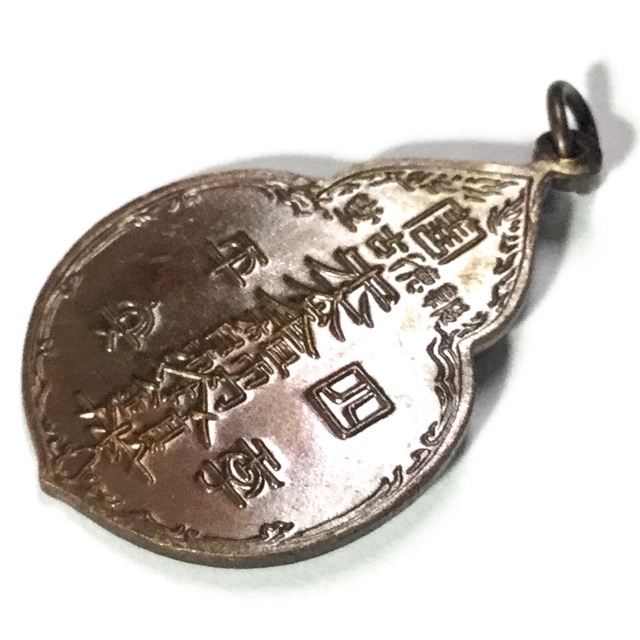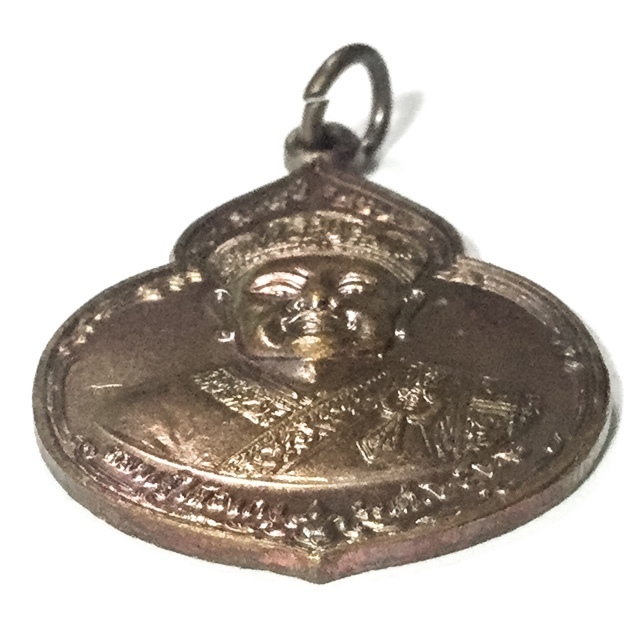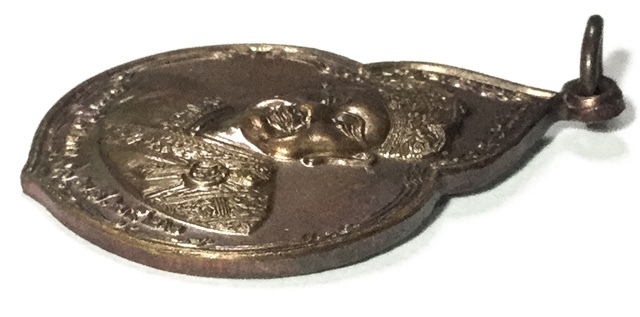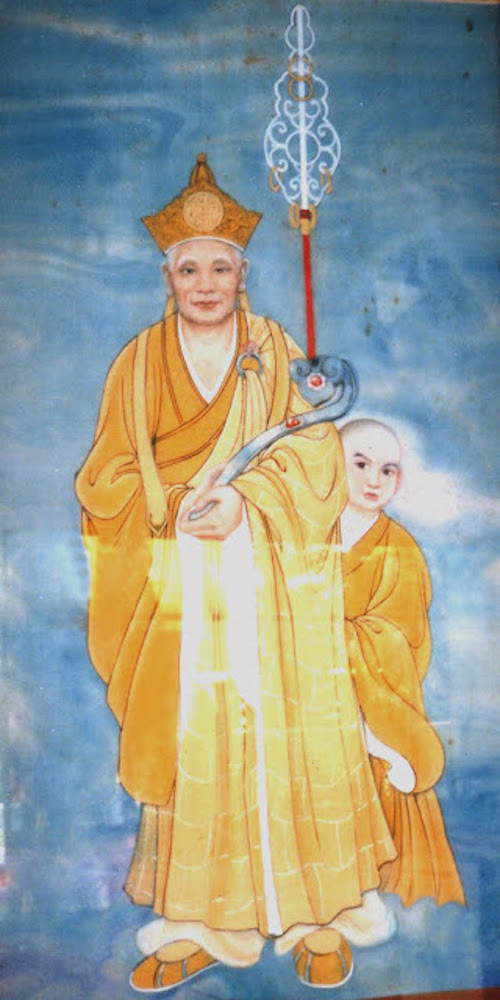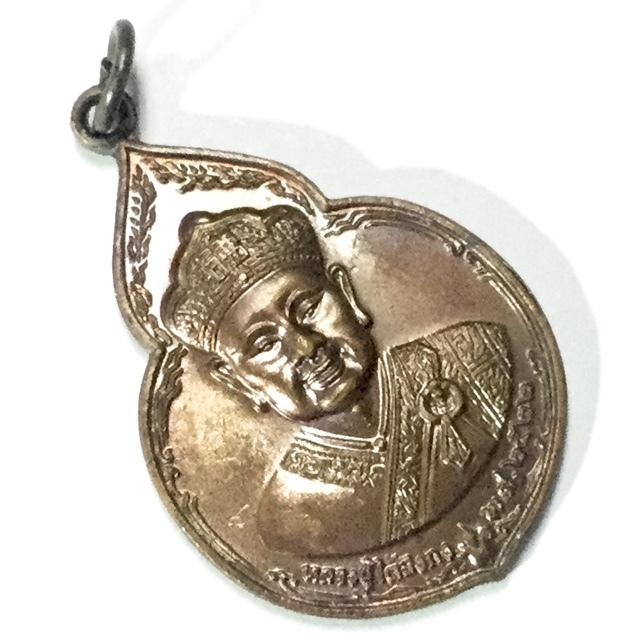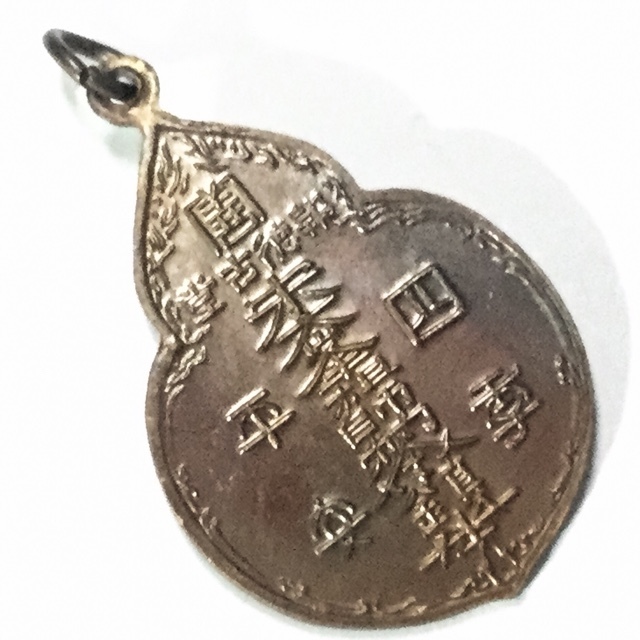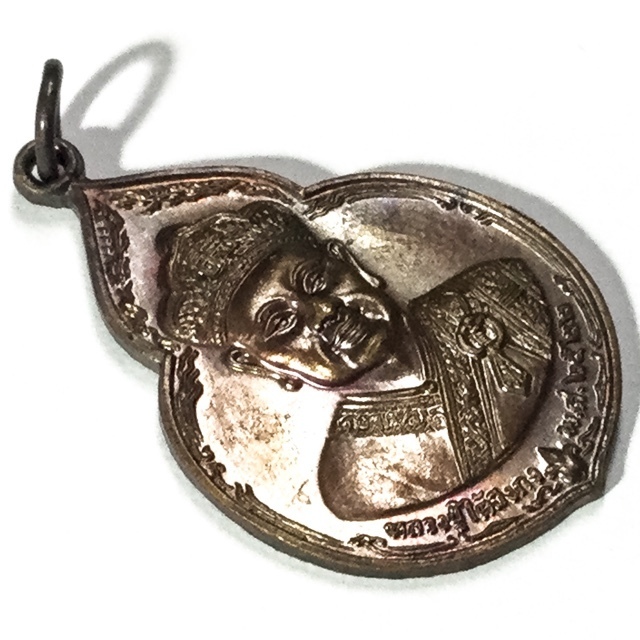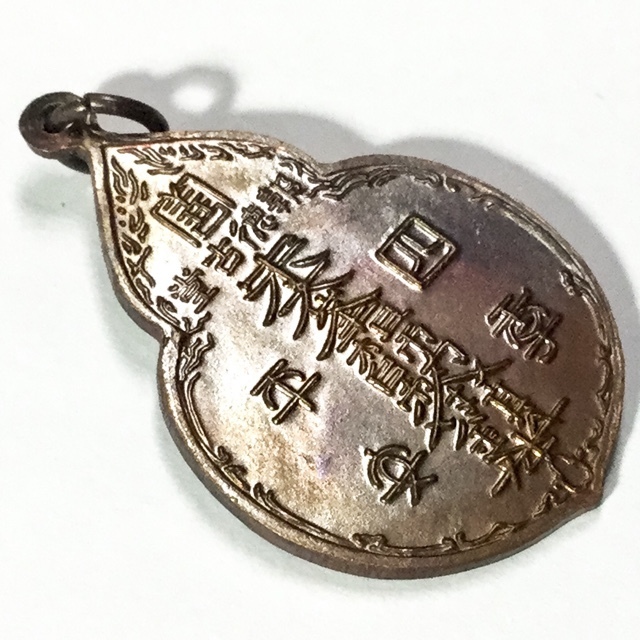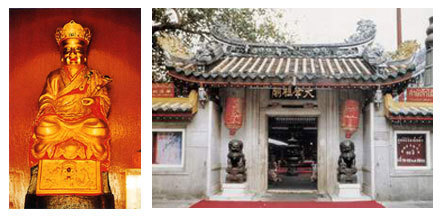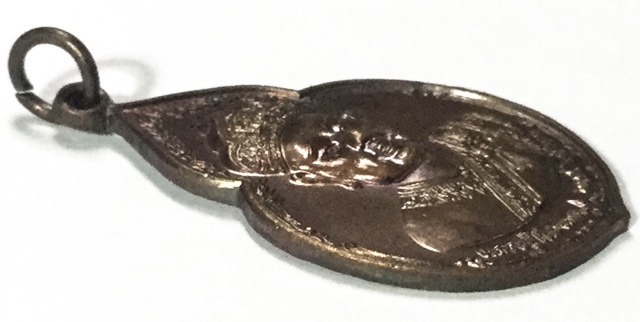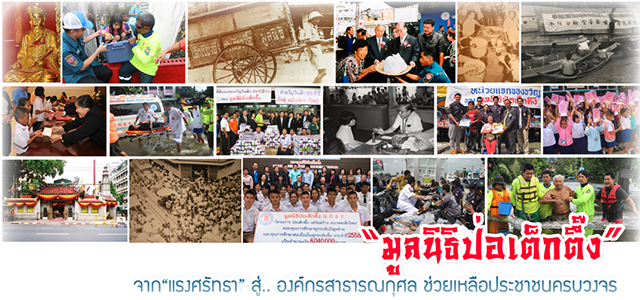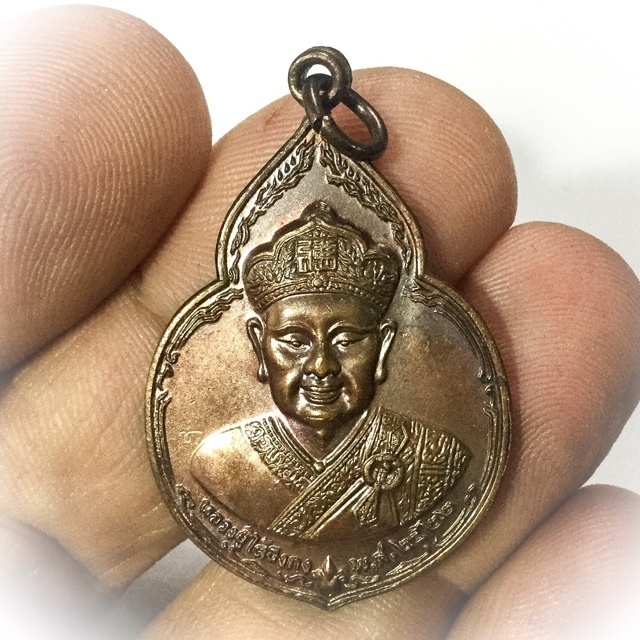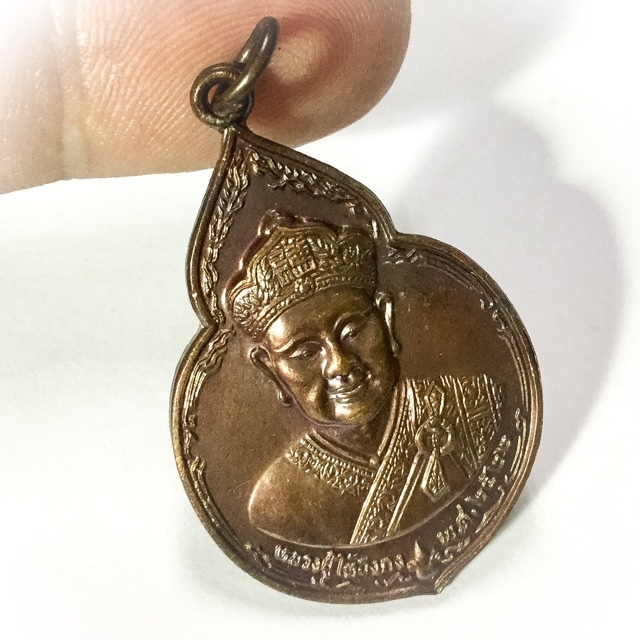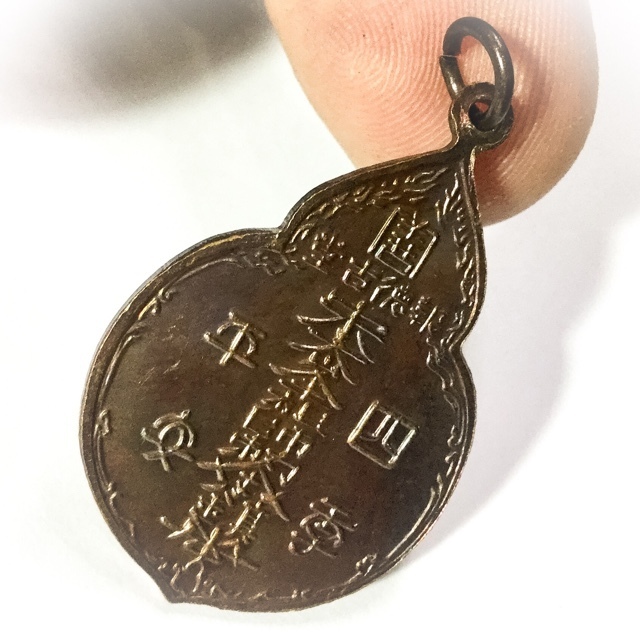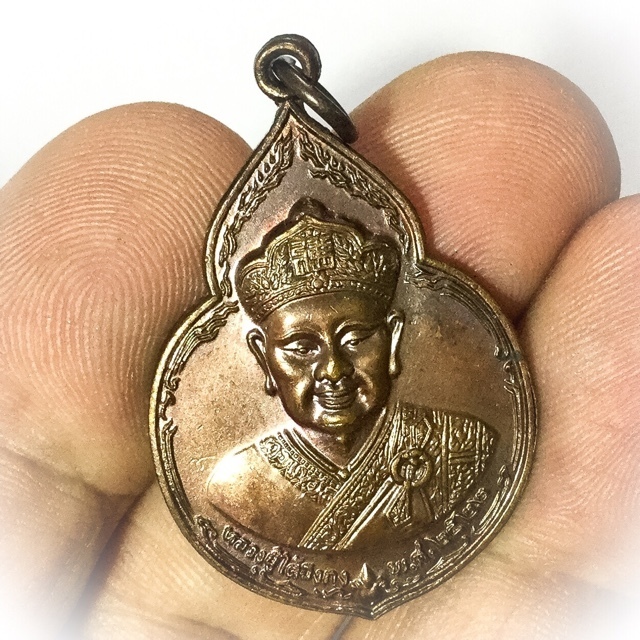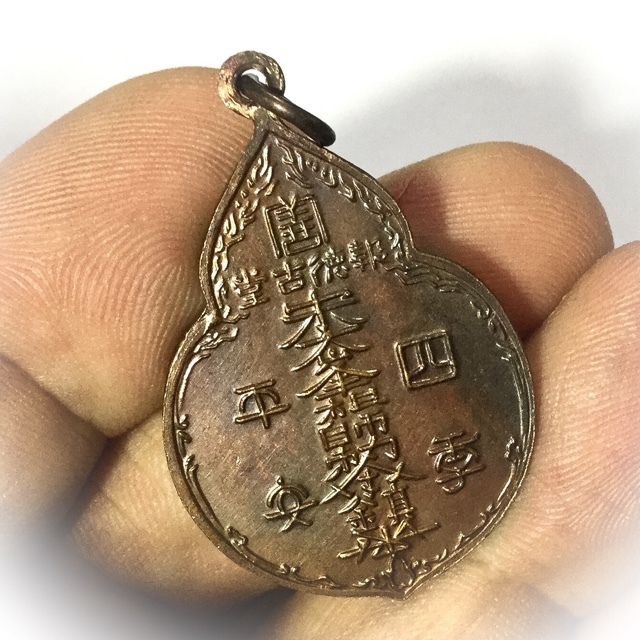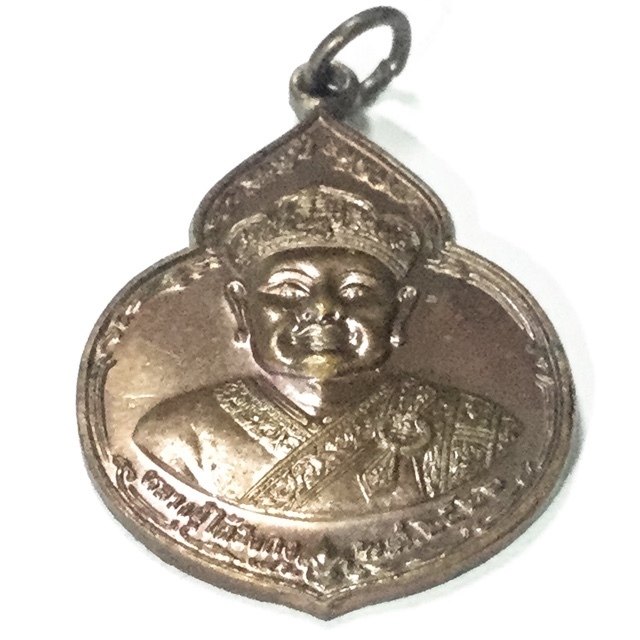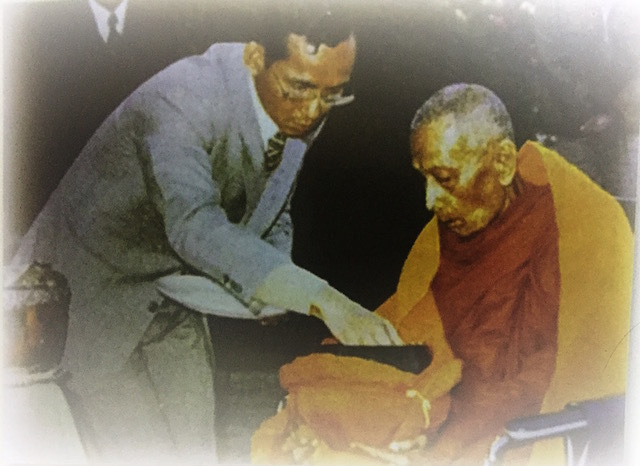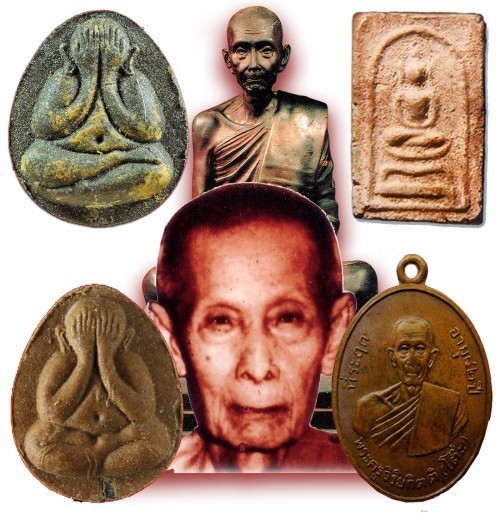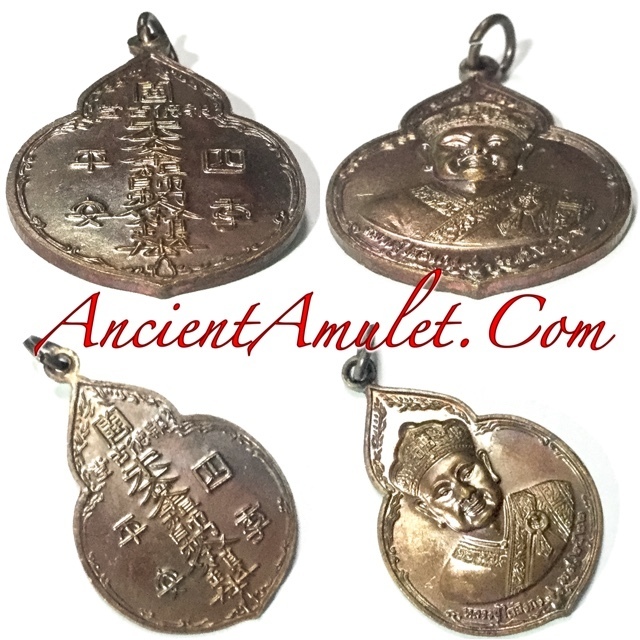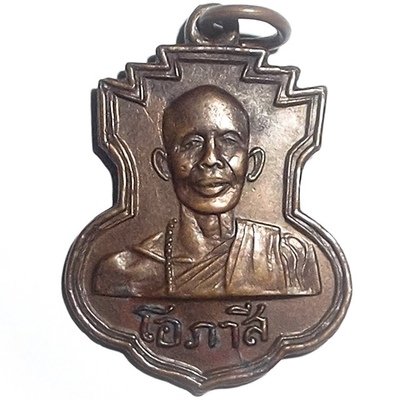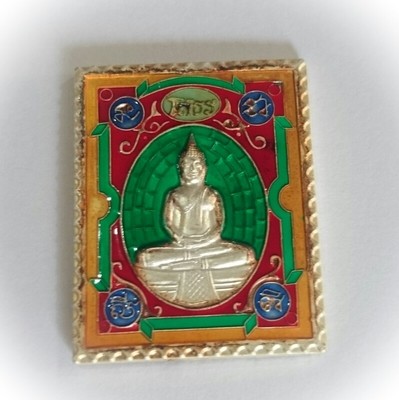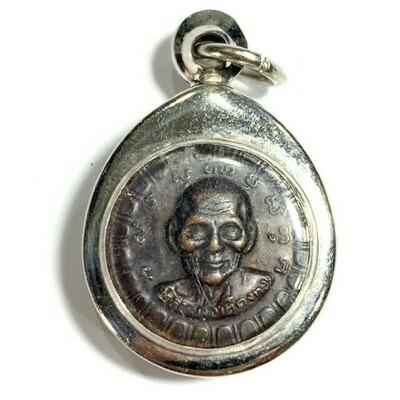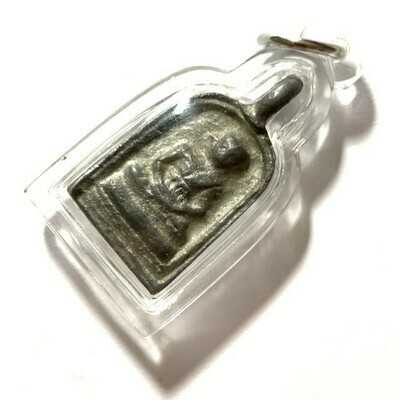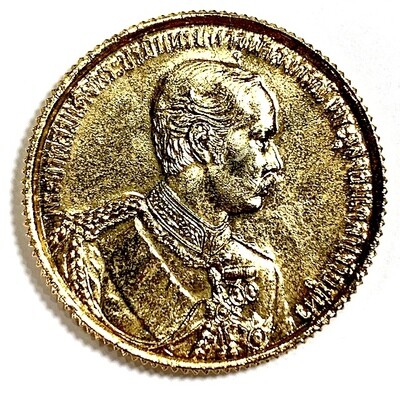
Ancient Amulet Store – Purveyors of preferred Classic Thai Buddhist Amulets for the True Devotee and Distinguished Collector
Discover the immensely deep and fascinating world of Vintage Thai Buddhist Amulets. Ancient Amulet is a long term established and internationally recognized Vintage Amulet Shop, and A Trusted Source for Classic Thai Buddhist Amulets for Devotees and Discerning Collectors, and is one of the many sub projects of informational sources created by Thai Amulet, Buddhism and Thai Occult Expert, Ajarn Spencer Littlewood . as part of his ‘Buddha Magic Project‘
Ancient Amulet provides authentic Antique and Rare Thai Amulets of the Pre and Early Post-Modern Era, of high esteem and Sacred Value, to revere, study and collect. Our Ancient Thai Buddhist Amulets are selected from the finest exhibits we can discover, and given diligent study and authentication processes. Our collection showcases time-honored amulets crafted by ancient masters, boasting captivating qualities and representing the esteemed Pra Niyom class. We offer authentic, highly valued ancient Thai Buddhist amulets from the pre and early post-modern eras, carefully selected from the finest exhibits and thoroughly examined. We invite you to study, revere, and collect these classic amulets from ancient masters, and to learn about their magical aspects and the art of amulet evaluation
Rian Tai Hong Kong Chinese Monk 2522 BE - Nuea Tong Daeng Phiw Fai - Luang Phu To Wat Pradoo Chimplee
The Rian Tai Hong Kong coin amulet is a highly preferred amulet of the pantheon of Luang Phu To Intasuwanno, of Wat Pradoo Chimplee, and rose to international fame, after the amulet became extremely popular with Chinese, Taiwanese, Malaysians, Indonesian and Singaporean Chinese Buddhists, which caused the amulet to become very rare very quickly.
The beauty of the amulet also caused collectors to seek the amulet, and it has become an eternal classic seen gracing the pages of aficionado catalogues and competition showcases.
This beautiful amulet is most definitely a very fine acquisition, as a Sacred Votive Tablet of Pra Niyom Preferred Classic Category, that has been well looked after and maintained in its original state, and is a very well-kept amulet, that is worthy of competition entry for its clear features.
Extremely revered by Thai Chinese folk who revere the Maahayana Monk Tai Hong Kong, as well as by the devotees of the maker of the amulet, Luang Phu To, of Wat Pradoo Chimplee.
Authenticity Marks;
1. A small ridged line of metal runs down from below the Thai letter Sor (ศ)
2. A thin ridged line or crack on the top of the front face of the coin
3. a small crack between the numbers 2 and 2 (๒-๒)
Tai Hong Kong Chinese Monk;
In the In the times of the Royal Song Dynasty (960–1279), a young boy was born by the name of Sae Lim, in the Hokkien Region. The boy was very intellectually astute, and able to pass all of his academic studies with honorable status.
Below; The rear face of the amulet has Chinese Script embossed with auspicious blessings
After coming of age, he recieved the title of 'Jin Ser', and worked as a civil servant as the local Mayor of his Township of Jia Jiang.
Jin Ser was very loyal and true to his duties and to the local folk of the township, and was honest, and incorruptible. He made the township a peaceful happy place free of crime, unemployment or poverty.
But after some years, Jin Ser became bored with the senseless ways of the world, and he gave up his high position of state, and his belongings, and ordained into the Buddhist Sangha as a Mahayana Buddhist Monk.
He was ordaiined at a temple in the Hokkien Province, and was given the ordained name of 'Tai Hong'. The newly ordained Tai Hong began immediately to study the Tripitaka and the Buddha Dhamma, and practice Kammathana methods of self transformation and purification, until he reached a very high level of realisation.
Tai Hong Kong remained practicing diligently at the temple for many many years, until one day, he decided to travel on solitary Tudong wandering. Wherever Tai Hong Kong traveled, he would assist the folk he encountered.
Whichever township he passed through which was in dire need, he would stay for a while and help the folk to lessen their sufferings. He helped many towns and villages to build bridges and roads to ease the way of the farmer folk and market traders, and auspicious projects around the region.
He would distribute medicine and needed requisites to the folk in need, and one extra special activity of Tai Hong Kong, was to go and collect wood to make coffins for the dead who had no relatives or poor families, who could not afford to pay for coffins and funerals as is required for an honorable funeral.
Tai Hong Kong travelled for many years continuously, until he reached the Cantonese city of Dtae Jiw. It was here, that the devotees of Dtae Jiw beseeched Tai Hong Kong to stay at an ancient temple on the Bak Sua mountain, in Dian Hia area.
Tai Hong Kong accepted, and remained at the temple for many years practicing very diligently, and gained great fame with devotees of Dtae Jiw, and slowly but surely, around China.
He attracted many other people who were filled with faith and asked to ordain, and Tai Hong Kong ordained many new monks into the temple, which grew and grew under his administration, to become a large and important temple.
Towards the end of his life, Tai Hong Kong went once more on Tudong, and left the mountain temple at Bak Sua. He wandered to the temple of Miang Ang, in Hua Peng municipality, in Dian Hia.
When he arrived to stay, he began to observe the local folkn crossing the fork in the river which passed either side of the temple, and saw that many boats would sink, and some people even lost their lives trying to cross the river every day to go to and fro on their business.
Tai Hong Kong felt compassion for the folk once more, and so he built a bridge by raising funds as, a mendicant monk. The materials for the bridge were donated by a wealthy bridge builder who heard of Tai Hong Kong's merits, and that he was trying to build a bridge.
On the day of the opening of the bridge, the river ran dry for the first time in living memory, which the folk saw to be a sign of Luang Por Tai Hong Kong's blessings and his power. The devotees bowed and kneeled in mass as he came to inaugurate the opening of the bridge, which was very well built and beautiful. The bridge is a very long bridge, with very impressive features, and was given the name 'Hua Peng Bridge'
Once Luang Por Tai Hong Kong had completed this bridge, he became ill and weak from old age, and passed away peacefully at the age of 85 Years old. The devotees of Tai Hong Kong then took his mortal remains, and placed them in his Mausoleum which they built for him on the mountain of Hua Peng.
A shrine was built with a large statue of Tai Hong Kong. The shrine was inaugurated and named as the 'Bor Dtek Dteung' shrine.
In the year 2453 BE, many Chinese immigrants came over the ocean to enter Thailand and take refuge. As faithful Buddhists, these Chinese people created a Foundation to Volunteer to Help people in Disasters and Accidents in Thailand.
They did this as devotees of Tai Hong Kong, to continue his example of practice, and his teachings of compassionate generosity.
This foundations is now famous around the world and is seen arriving at the scenes of disasters and traffic accidents to help, and donating coffins and funeral costs to those with no funds, and free ambulance and paramedic services.
This Charitable Foundations carries the same name as the shrine of Tai Hong Kong, namely 'Bor Dtek Dteung Foundation'
The amulets were created and blessed in 2522 BE, by the Great Luang Phu To, who presided over the Grand Blessing Ceremony. This is a particularly well-kept exhibit in pristine condition, with very clear and refined features suitable for showcase presentation and competition entry.
The Rian Tai Hong Kong was made once before this in Thailand, in different shape and form, in 2500 BE. For this reason, this coin is called Rian Tai Hong Kong 2nd edition. But in fact, this coin is a separate design, and is highly popular for its powerful blessing by Luang Phu To, and should not be compared to the Rian Tai Hong Kong 2500 BE first edition, which is a completely separately standing amulet. The two coins differ both in appearance, and in their collector circles.
The powerful magic and spellcasting abilities of Luang Phu To are of course one of the major influential factors as to why his amulets have become such priceless Masterpieces, and his special Muan Sarn Sacred Powders are another highly influential aspect of their popularity and fame.
Luang Phu's Famous Sacred Powders
Luang Phu To began to make Muan Sarn Sacred Powders amulets first in the year 2470 BE, using the main ingredient of Pong Lob, which is the residue chalks fallen from the inscription of five rounds of 108 Sacred Yantra spells, to create five different concentrates of Sacred Powders.
These five powders are of course known as; Pong Bpathamang, Pong Ittijae, Pong Puttakun, Pong Trinisinghae, and Pong Maharach.
It is also known that Luang Phu To would use broken up amulets from Wat Plab, and also broken up pieces of Pra Somdej Wat Rakang Kositaram of the great Somdej Pra Puttajarn (Dto) Prohmrangsri, are known to be present within the Muan Sarn Sacred Powders of Luang Phu To's amulets.
Other Muan Sarn used for his world famous powder amulets, include Pong Puttakun from Por Tan Klai (Wat Hongs, Thonburi), and of course Luang Phu To would bless the amulets in Nam Montr Prayer Water, using a Clay Holy Water bowl in his Kuti Hut, which was famous for its Dragon design on the bowl.
He would immerse the amulets in the holy water bowl, and When devotees would donate flowers to Luang Phu, he float the flowers in the prayer water bowl and use the offering to empower the amulets further.
This in fact, is one of the reasons that some amulets have different holy water stains on their surfaces than others, due to the different flowers Luang Phu would immerse in the holy water bowl where the amulets were soaking.
Luang Phu To is said to have been able to grab the Sincana cord which monks use to attach to amulets in blessing ceremonies, and sense immediately which monks along the line of the Sincana cords had psychic powers, and which ones didn't.
This resulted in Luang Phu always choosing the best most powerful Masters to exhange Wicha with, and to invite to attend his empowerment ceremonies, to assist in the Blessing of amulets and Buddha Images.
Luang Phu To was born on the 27th March 2429 BE in Ban Klong Bang Noi in Samut Prakarn and passed away on 5th March 2524 BE. His many honourable awards of status reflect his great practice and diligent practice.
Luang Phu To remains to this day one of the top 10 Guru Masters in the recorded History of Thai Buddhist Amulet making, and most certainly one of the top 5 Monks of recent History, on an equal Par with the Great Luang Phu Tim (Wat Laharn Rai).
Luang Phu To of Wat Pradoo Chimplee was one of the greatest Masters of the Last Century, and a Highly revered Monk around the whole Kingdom of Thailand. he was Respected and revered by His Majesty Our great King, who was a close friend and companion.
This Great Monk achieved his status through his Great deeds and his great Diligence in his Patipatā (Practice of Purity and Renunciation), and in his Great Attainments in Dhamma Pariyatti and Dhamma Patipatā.
His amulets belong to the Master-Class status category, and carry immense status in the world of the amulet appreciation society, for their Authentic Sacred Power, and the Purity of the Monk who Blessed them.
The amulets of Luang Phu To are famed and revered by devotees around the country and around the whole world, for the proven history of Metta Mahaniyom Maha Lap Klaew Klaad Kaa Khaay power to bless the devotee with lucky fortunes, safety, success and prosperity.
